Peek beneath the waves, and you’ll find the ocean is more than just water; it’s a treasure chest of mysteries waiting to be explored. The vast blue stretches across our planet, harboring secrets from sunken shipwrecks to glowing creatures in its depths. With every tide and turn, some stories and wonders could fill a thousand books, revealing the ocean’s vital role in our Earth’s story.
The Pacific is the largest ocean

The Pacific Ocean, covering about 63 million square miles, is the world’s largest water body, representing more than one-third of the Earth’s surface. This vast expanse supports a rich diversity of life and ecosystems, plays a crucial role in regulating climate, and is essential for global trade and transportation. Appreciating its sheer size helps us understand the ocean’s critical role in sustaining life on Earth.
The sun is what makes the ocean blue
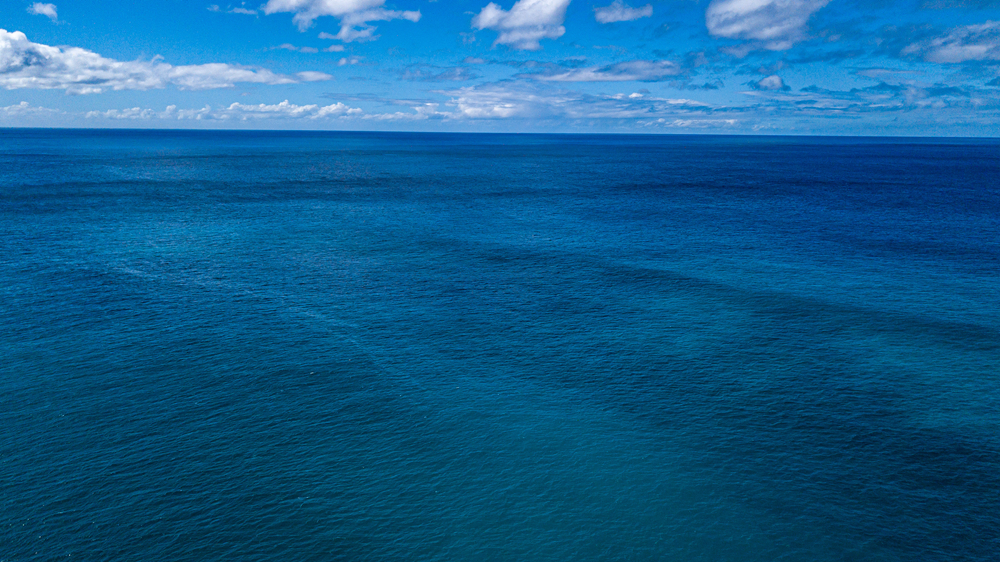
The ocean appears blue because water absorbs colors in the red part of the light spectrum and reflects the blue, giving the ocean its distinct hue. This simple yet profound fact highlights the interaction between light and water, demonstrating the ocean’s intrinsic beauty and its vital role in reflecting and absorbing sunlight, which regulates the Earth’s climate.
Ninety percent of the Earth’s volcanic activity happens in the ocean
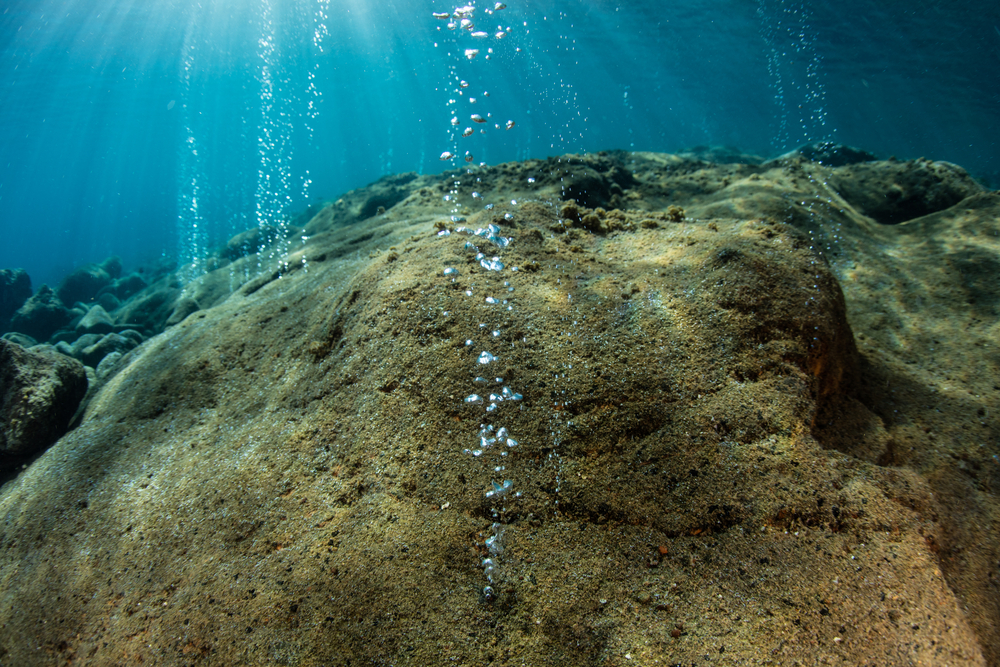
The ocean floor is home to the majority of the Earth’s volcanic activity, shaping the seafloor and contributing to the creation of new geological features. This undersea volcanic activity plays a critical role in the Earth’s geology, influencing oceanic ecosystems and helping regulate the chemistry of seawater.
One percent of the ocean is covered in coral reefs
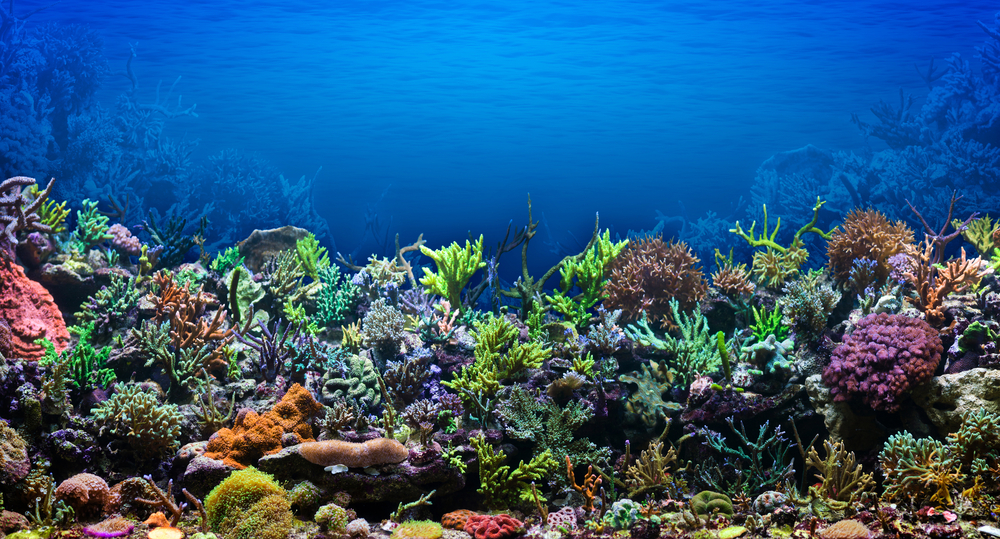
Although they cover a tiny fraction of the ocean floor, coral reefs are among the most diverse and productive ecosystems on Earth, supporting an incredible variety of marine species. Their existence underscores the ocean’s role in supporting biodiversity and providing habitats essential for numerous marine organisms.
There are more than 400 species of sharks in the ocean
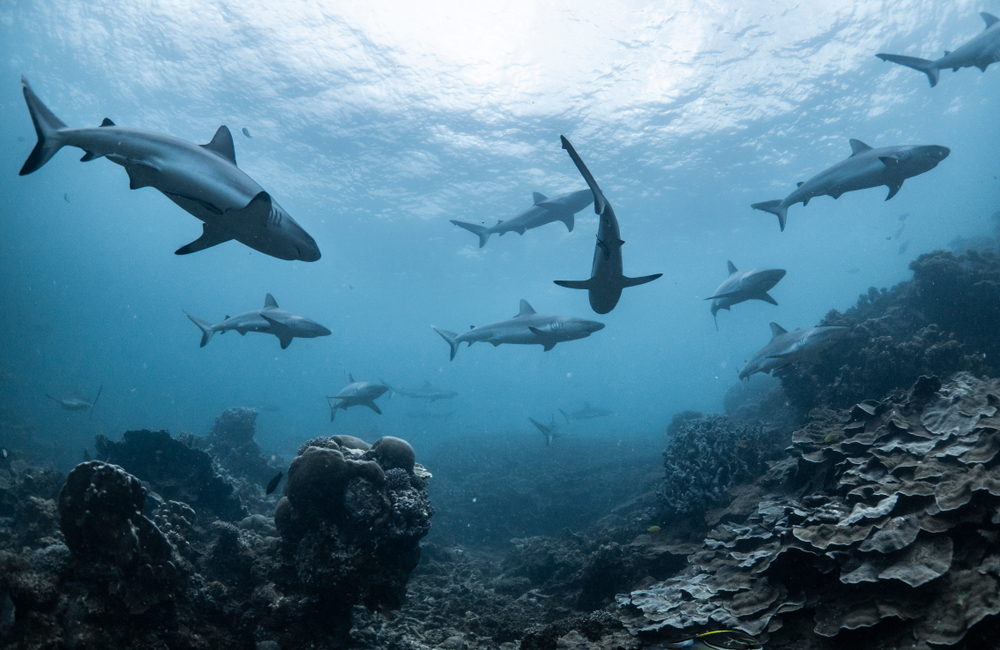
Sharks, ranging from the tiny dwarf lantern shark to the massive whale shark, play crucial roles in marine ecosystems as apex predators, helping maintain the balance of marine life. Their diversity and evolutionary adaptations make them fascinating subjects of study and highlight the ocean’s role in supporting a wide range of life forms.
The world’s longest mountain chain is underwater
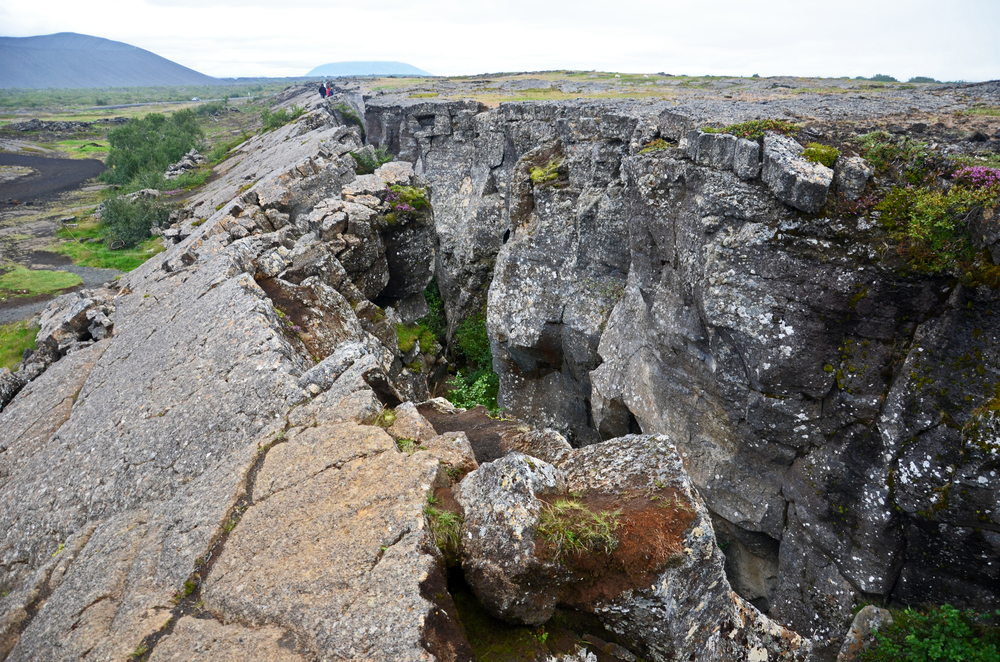
The Mid-Ocean Ridge, stretching about 65,000 kilometers, is the longest mountain range on Earth, and it’s mostly underwater. This colossal geological feature plays a vital role in plate tectonics and the creation of new seafloor, illustrating the dynamic nature of the Earth’s geology.
More than 80% of the ocean is unexplored and unmapped
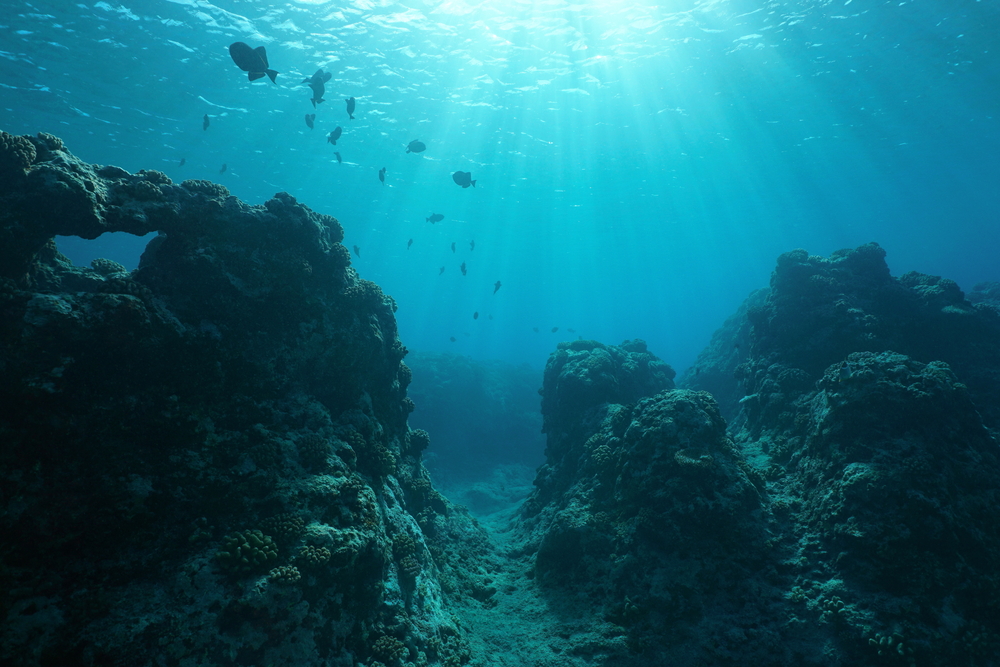
This vast, uncharted territory holds mysteries and potential discoveries that could revolutionize our understanding of biology, geology, and climate science. The unknown expanse of the ocean invites curiosity and exploration, emphasizing the need for research and conservation efforts.
The ocean produces over half of the world’s oxygen
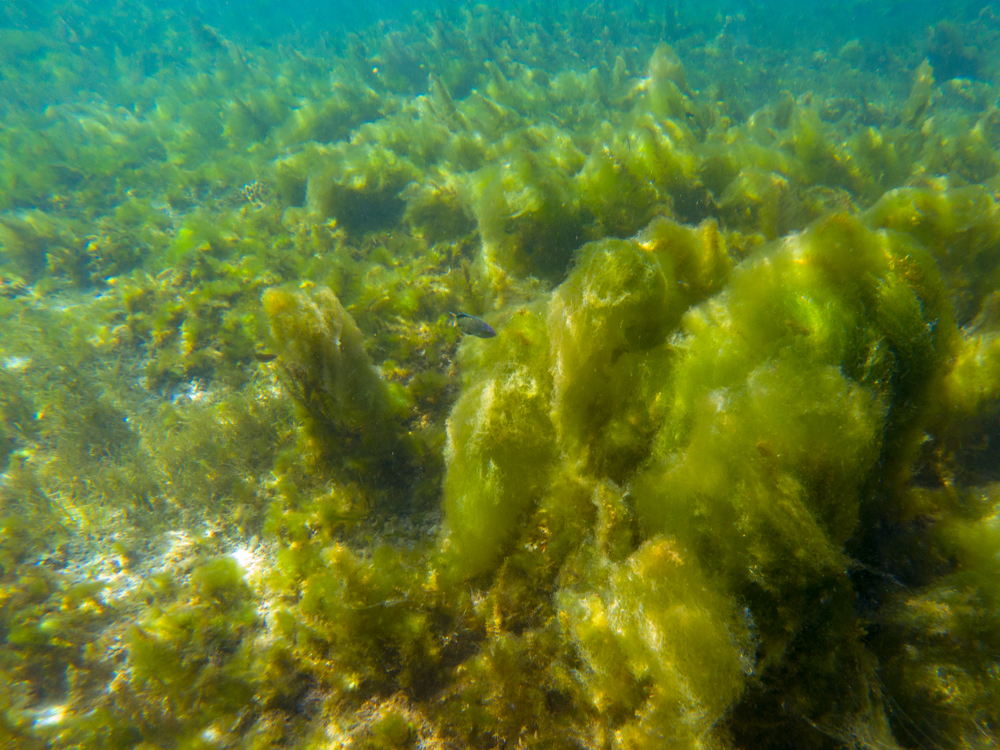
Phytoplankton, microscopic plants in the ocean, contribute significantly to oxygen production through photosynthesis, much like trees and plants on land. This vital process not only sustains marine life but also supports terrestrial life, highlighting the interconnectedness of Earth’s ecosystems.
The ocean is the largest carbon sink on Earth
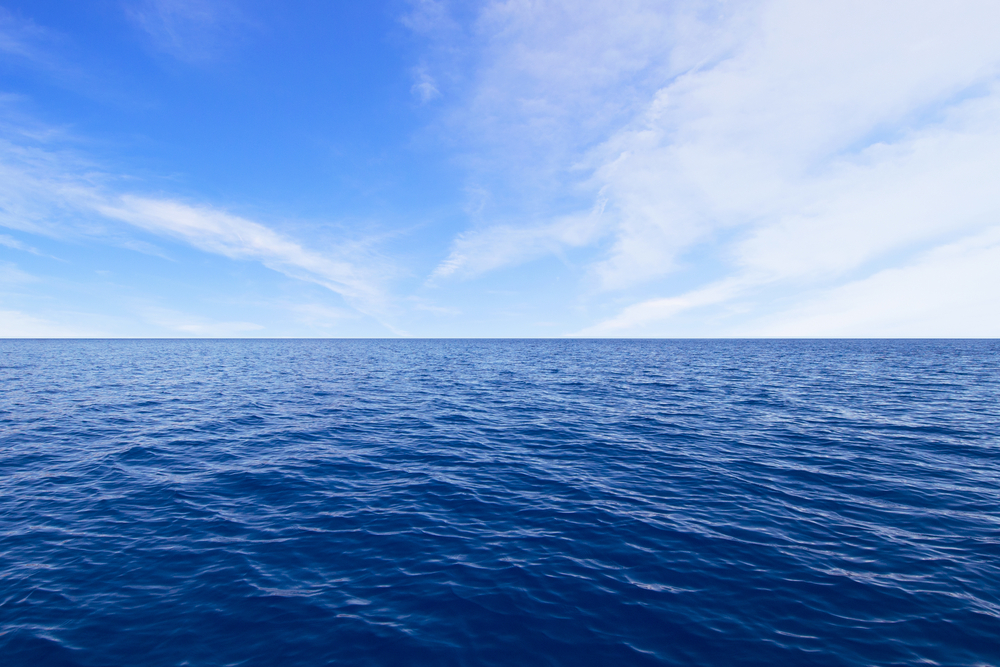
Oceans absorb a large portion of atmospheric carbon dioxide, playing a crucial role in regulating the Earth’s climate. This natural process mitigates the effects of climate change, underscoring the ocean’s role in maintaining environmental balance.
The deepest part of the ocean is the Mariana Trench
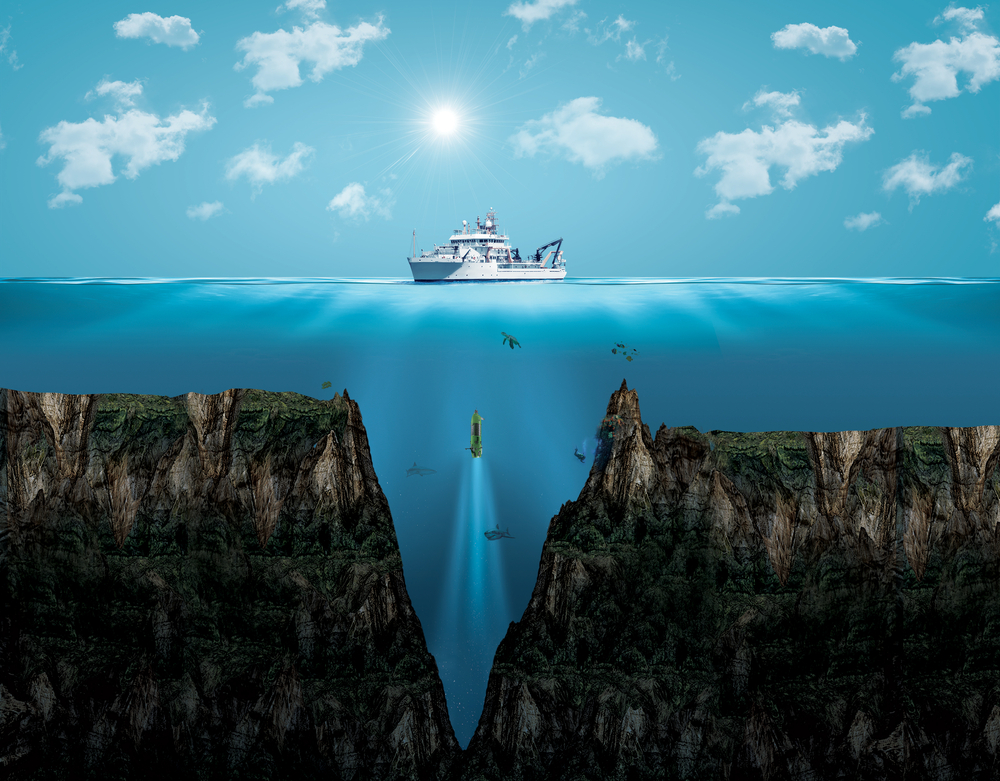
At over 36,000 feet deep, it’s deeper than Mount Everest is tall. This extreme depth represents the vastness and the unknown aspects of the ocean, sparking fascination and emphasizing the need for advanced technology to explore such remote areas.
The ocean regulates the Earth’s climate

Acting as a global thermostat, the ocean absorbs and distributes solar energy, influencing weather patterns and climate conditions worldwide. This regulatory function is crucial for maintaining the planet’s habitability and underscores the importance of preserving ocean health.
Underwater lakes and rivers exist on the ocean floor
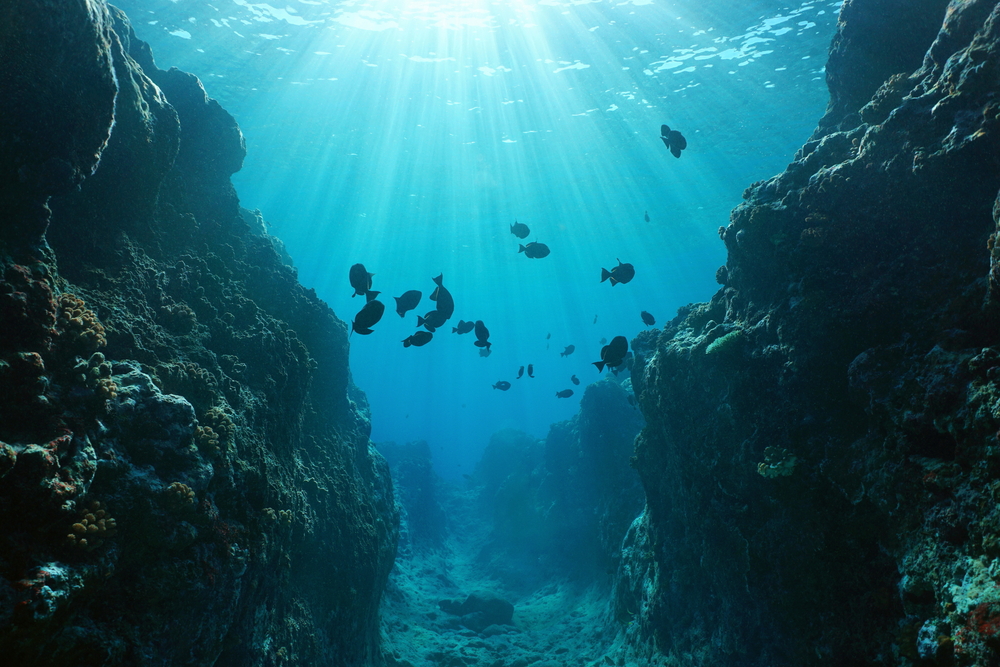
These brine pools and underwater currents, formed by differences in salinity and temperature, create unique ecosystems and demonstrate the ocean’s complex and diverse nature.
The Great Barrier Reef is the largest living structure on Earth

Visible from space, it’s composed of over 2,900 individual reefs and 900 islands, spanning over 2,300 kilometers. This colossal living entity showcases the ocean’s ability to support vast, diverse, and complex ecosystems.
The ocean has vast mineral resources

Including precious metals, oil, and gas, these resources are crucial for various industries but require sustainable management to prevent environmental degradation.
Giant squids can grow up to 43 feet long
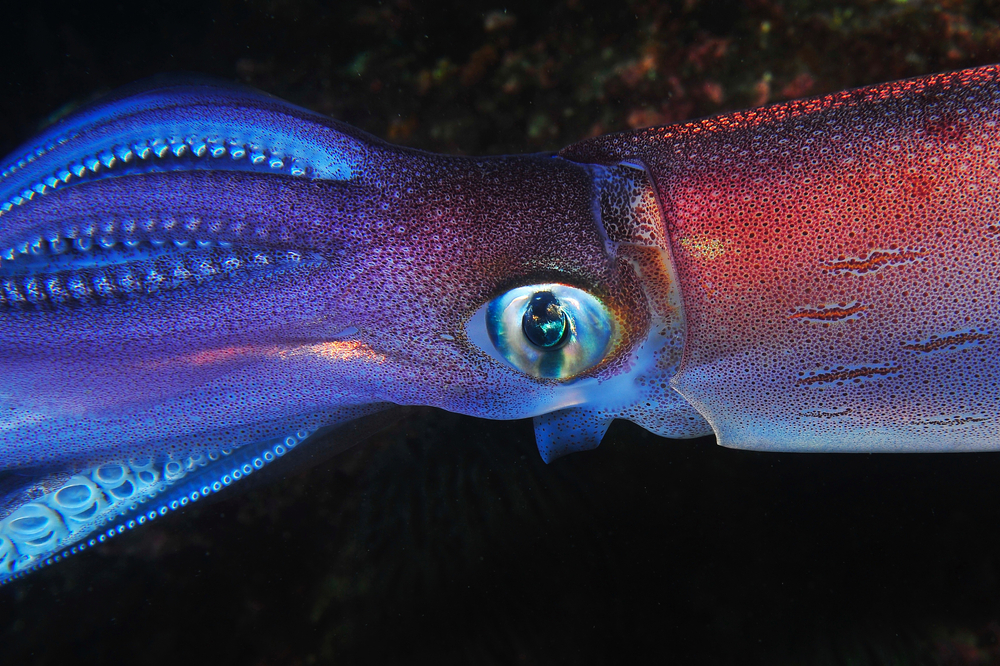
These elusive creatures represent just one example of the remarkable biodiversity found in the ocean, much of which remains mysterious and unexplored.
The ocean has a significant impact on the global economy

Through shipping, fishing, tourism, and other industries, it generates trillions of dollars annually, demonstrating its economic importance alongside its ecological and environmental significance.
Undersea earthquakes and tsunamis originate in the ocean
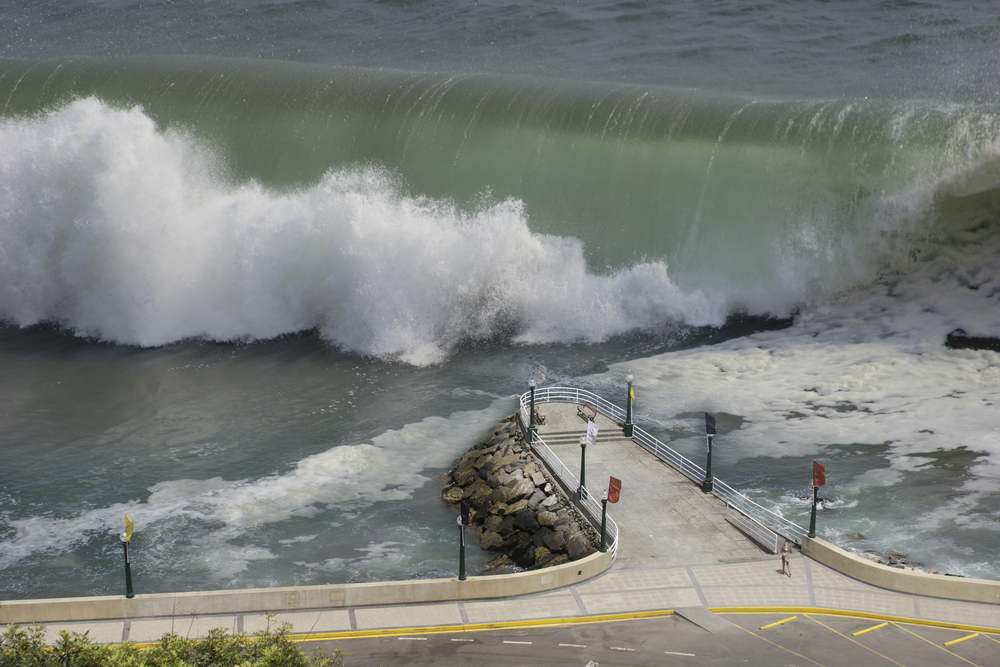
These natural phenomena show the ocean’s dynamic nature and its impact on terrestrial environments, highlighting the interconnectedness of Earth’s systems.
Historical shipwrecks and artifacts lie on the ocean floor
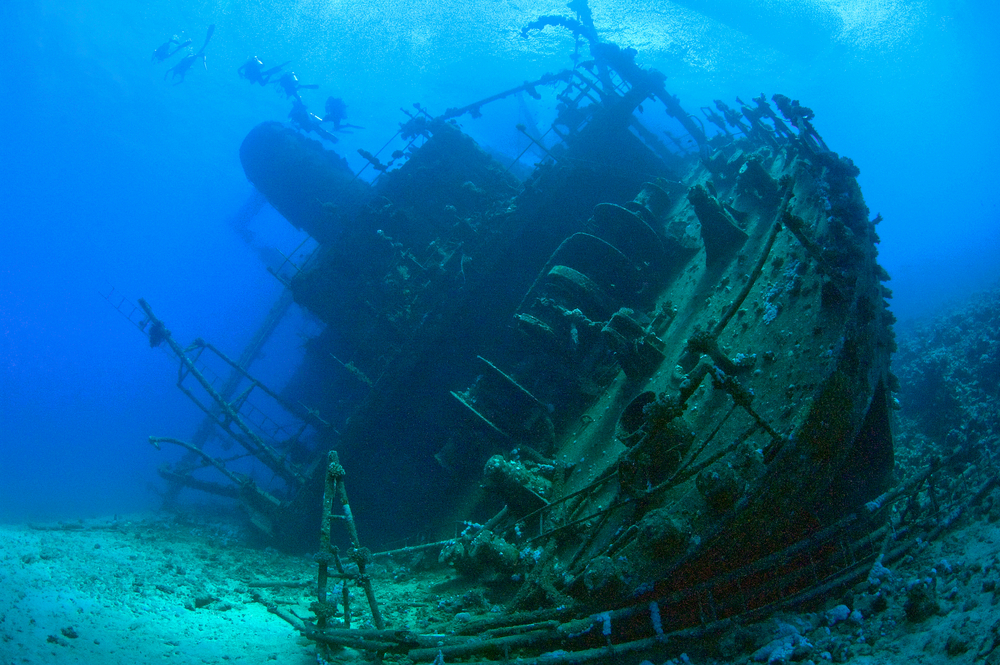
They offer a glimpse into human history and maritime heritage, emphasizing the ocean’s role as a repository of cultural and historical treasures.
Marine snow is a continuous shower of mostly organic material falling from upper waters to the deep ocean
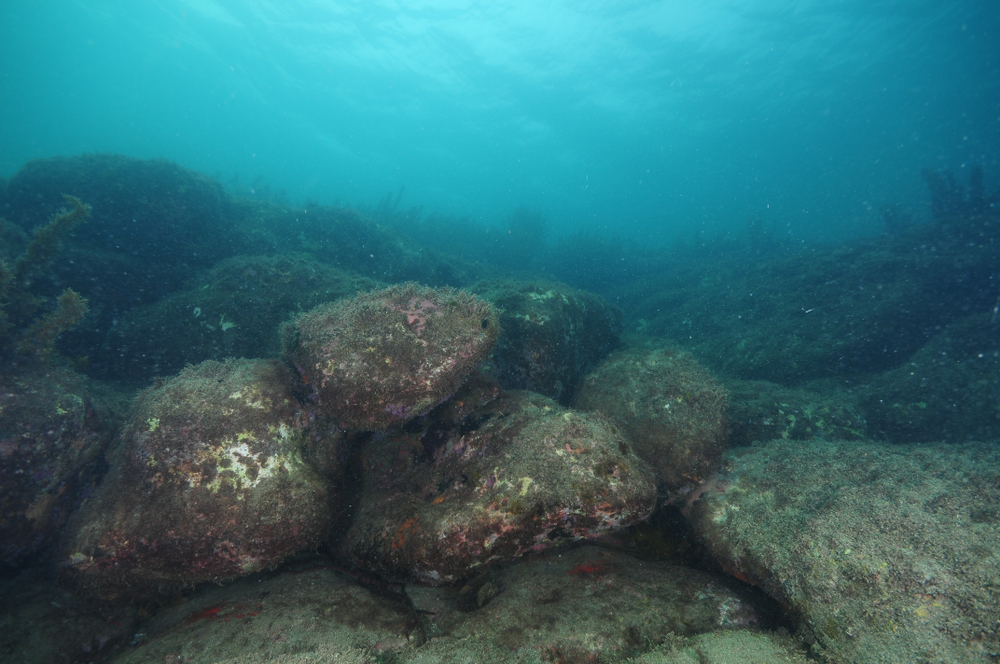
This process is crucial for the transfer of energy and nutrients through ocean layers, supporting deep-sea ecosystems.
The Antarctic Ocean is the youngest of the Earth’s oceans
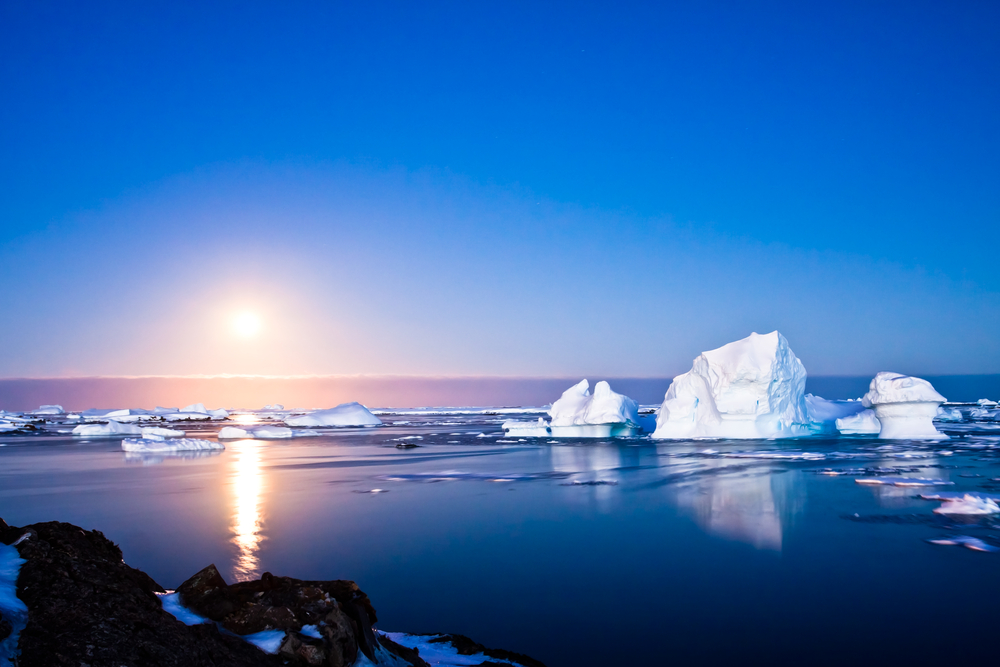
Formed by the separation of continents, it plays a critical role in global ocean circulation and climate regulation.
Sea levels have varied significantly throughout geological history

These changes have shaped coastlines, influenced climate, and affected biological evolution, illustrating the ocean’s role in Earth’s dynamic history.
Bioluminescence is common in deep-sea organisms
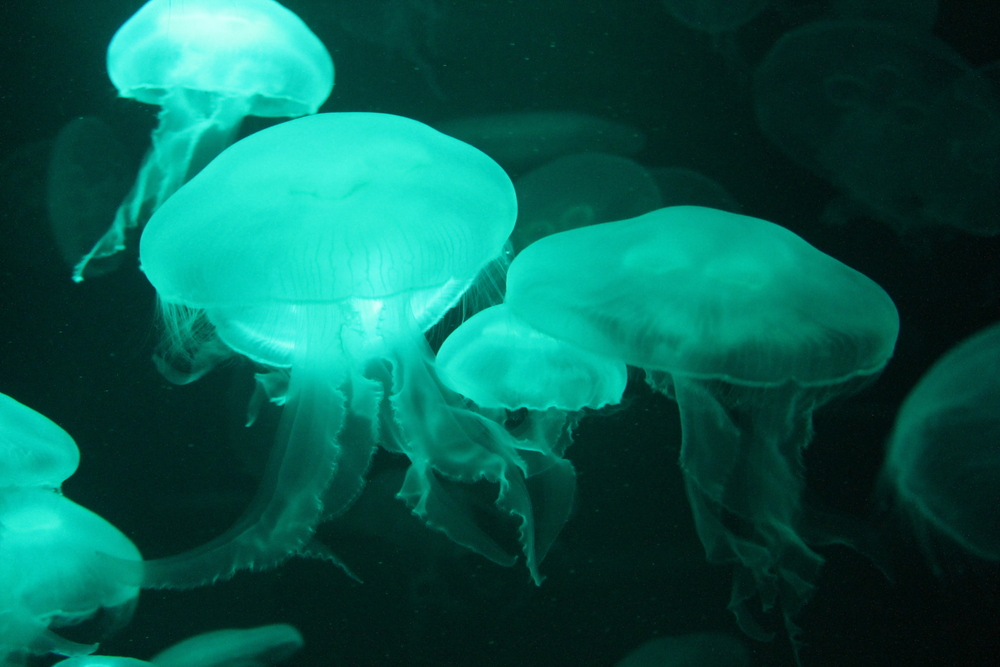
This phenomenon, where organisms produce light, adds to the ocean’s mystique and showcases the adaptability of marine life to extreme conditions.
Ocean currents act as conveyor belts of warm and cold water
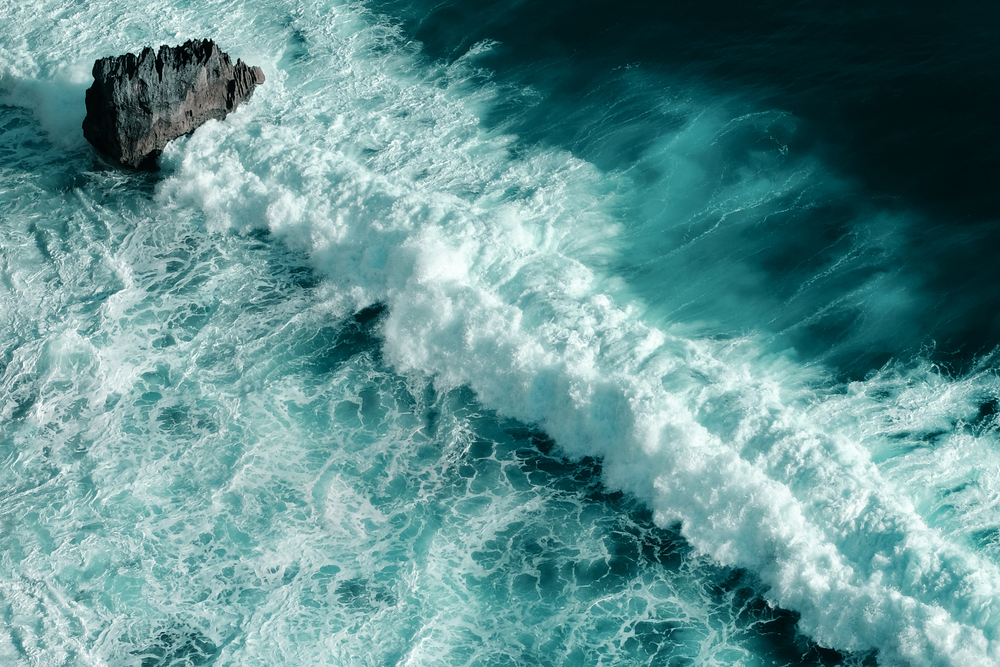
These currents regulate global climate by distributing heat around the planet, demonstrating the ocean’s integral role in the Earth’s climate system.
The ocean is home to some of the longest-lived animals on Earth

Including certain species of whales and turtles, which underscores the ocean’s role in supporting life with diverse lifespans and ecological niches.
This article originally appeared on UnifyCosmos.
More from UnifyCosmos
23 Empowering Affirmations to Boost Your Confidence and Self-Esteem

Discover how empowering affirmations can transform your mindset by boosting confidence and self-esteem. In an ever-changing world, these affirmations serve as essential tools for personal growth and well-being, helping you overcome self-doubt and embrace your true potential. Read More
20 Astonishing Facts About the Human Body You Never Learned in School

Discover the marvels of human biology with 20 astonishing facts about the human body that go beyond school lessons. Uncover the resilience of bones, the complexity of the brain, and more. Read More
20 Famous Authors Who Wrote Under Pseudonyms

Throughout literary history, many acclaimed authors have chosen to write under pseudonyms, concealing their true identities for various reasons. From the desire for privacy to the quest for a fresh literary start, these pseudonymous writers have intrigued readers and critics alike. Read More
Leave a Reply